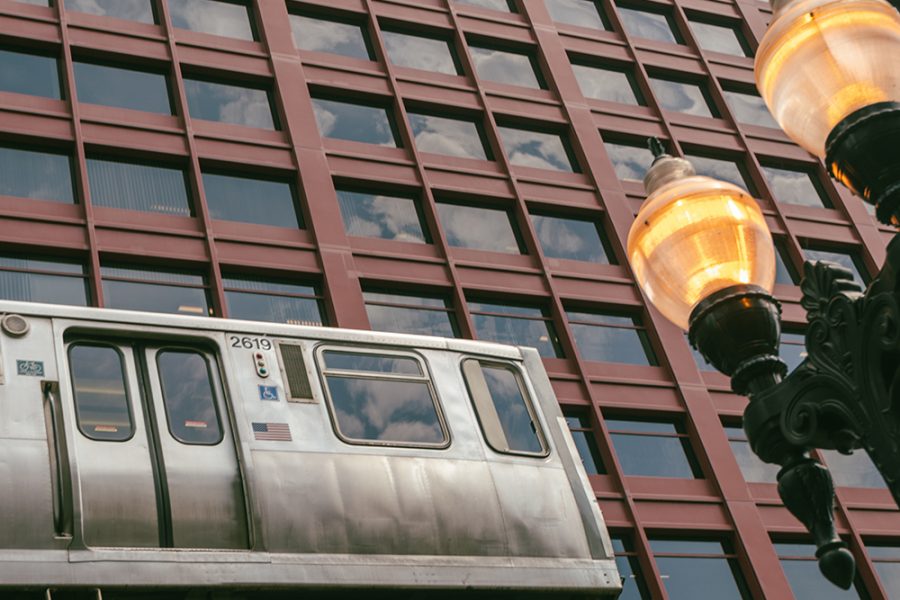It’s an interesting question: Will California’s high-speed rail make its first run before BART trains make their last? Actually, it’s a tricky question. The bullet train might never run.
We’ve chronicled the troubles that have bedeviled the high-speed rail project, most recently when we reported on its financial problems. The project is so far behind, so deeply in the red, its likely future so far off of the rosy projections of 2008, that it’s conceivable it will never operate, leaving behind a few pieces of never-used concrete infrastructure that will silently testify to California’s can’t-do/won’t do attitude for as long as they stand.
BART’s difficulties reached a boil over a shorter period of time, but they are nevertheless serious. Conditions have become so grim that the San Francisco Chronicle has wondered if the Bay Area could “lose BART.”
“In its worst-case scenario, BART would impose mass layoffs, close on weekends, shutter two of its five lines and nine of its 50 stations and run trains as infrequently as once per hour,” the Chronicle reported. “Those deep cuts, agency officials say, could lead to the demise of BART.”
A few weeks earlier, The San Francisco Standard said the system was edging “closer to fiscal disaster” while at the same time hoping for a “savior.”
BART is headed toward a “fiscal cliff” because its once-heralded financial model is no longer working. With ridership in collapse, relying on fares for revenue is unsustainable.
Part of the blame goes to the COVID-19 pandemic. Recent mid-week ridership has been 40% of pre-COVID projections. Fridays and Mondays have been miserable, with ridership at only one-third of projections.
City hall could not have stopped the virus, but it could have been more judicious with its pandemic response. Few cities in the world were as overbearing as San Francisco. There should be no surprise that a city emptied of workers due to strict lockdown rules is having trouble recovering as workers continue to do their jobs at home. The office vacancy rate reached 24.1% late last year, far off the 5.4% of the fourth quarter of 2019.
Other big cities also went through similar vacancy rate increases. But San Francisco’s recovery has been one of the worst among large U.S. cities, 24th out of 25 cities. Only Baltimore’s recovery has been more halting.
Part of the city’s empty-office problem is due to its large portion of tech workers, who typically are able to work remotely more easily than others. But there are other issues that are likely influencing workers’ decisions to telecommute, and they also directly impact BART ridership: crime and homelessness.
The former might be driven by perception – BART’s police chief said last year the system was safe to ride – but perceptions tend to be based on reality. As for homelessness, the apprehension is founded on fact. The San Francisco Standard says the city’s “homelessness crisis is sending BART careening toward fiscal disaster.” Trains are being used as temporary shelter, delayed because police are dealing with drug-related problems among the homeless, and are often too dirty for patrons’ comfort.
Another serious deficiency: BART has resisted oversight – so much so its inspector general, its first ever, has resigned, fed up and saying “I can’t deal with this anymore” because of the roadblocks the agency constantly put in front of her. The lack of supervision over decades prior to her arrival produced “tens of millions of dollars in fraud, conflict of interest and wasteful financial practices,” says state Sen. Steve Glazer.
Naturally, BART is looking for a taxpayer bailout. It should be told without reservation that that train has already left the station.
Kerry Jackson is a fellow with the Center for California Reform at the Pacific Research Institute.


